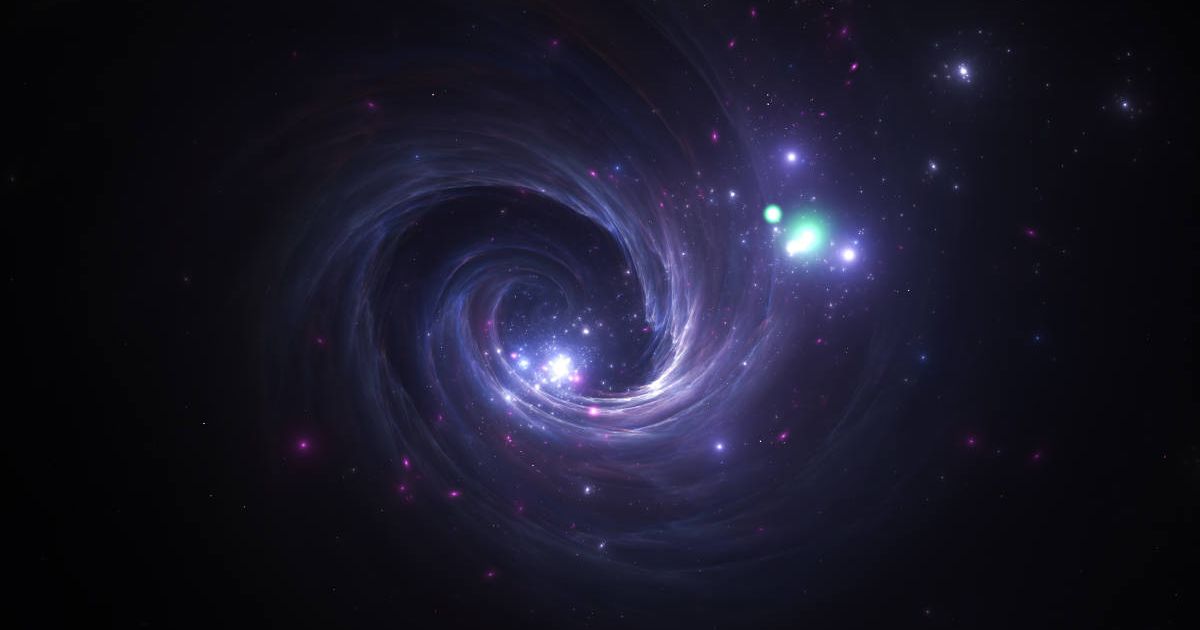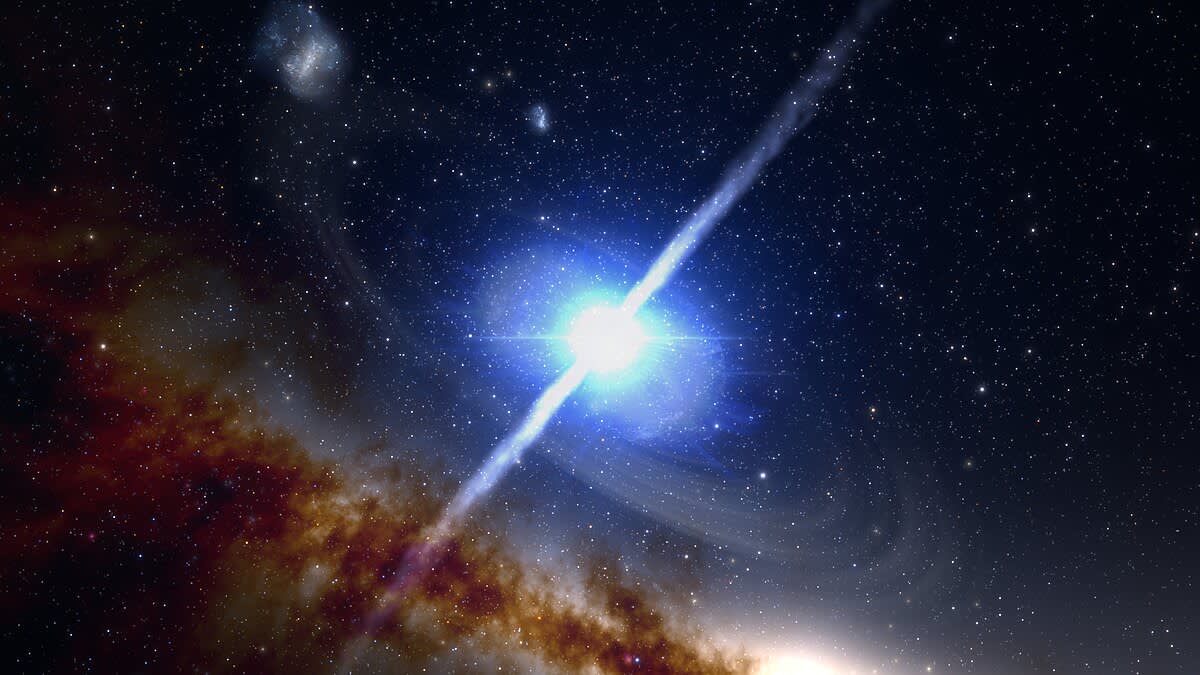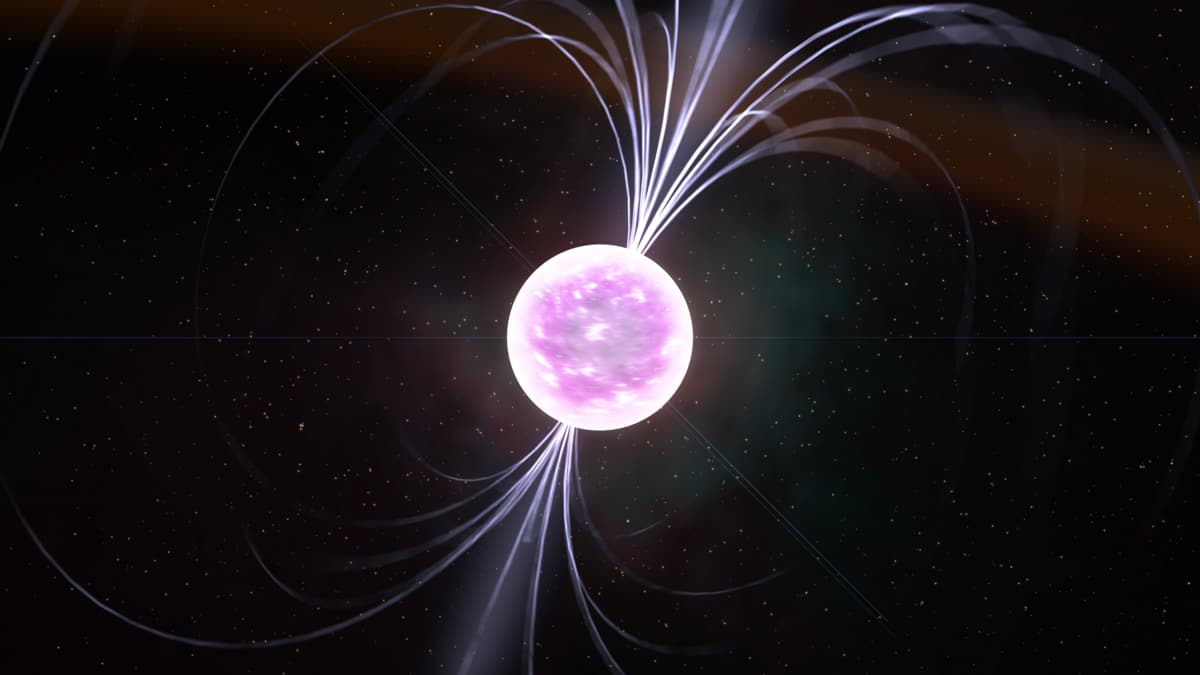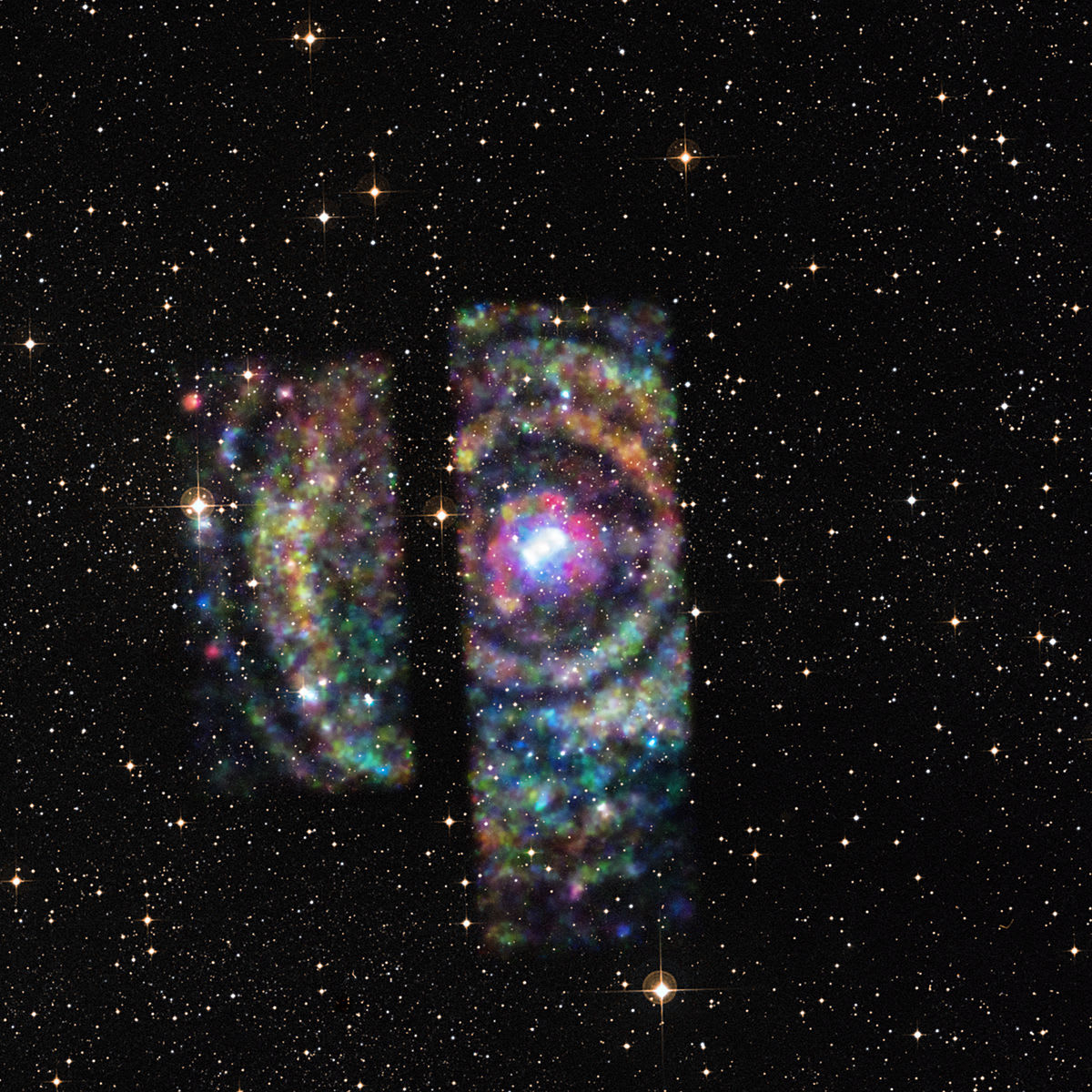‘Cosmic Unicorn,’ Rapidly Spinning Dead Star, Stuns Astronomers With Its ‘Impossible’ Speed

Astronomers have encountered a long-period radio transient (LPT), which is defying all their astrophysical assertions. The "cosmic unicorn" named CHIME J1634+44, whose anomalies have stunned experts. The details of which were published in the journal Astronomy & Astrophysics. Researchers believe that the unique features of this LPT will allow them to gain new insights regarding the functioning of such stars and their environment. CHIME J1634+44 already stands apart from other long-period radio transients due to certain features. The anomalies, combined with these features, make the object an interesting subject of investigation for experts.

What is CHIME J1634+44?
CHIME J1634+44 has been identified as a long-period radio transient (LPT) by astronomers, according to Space. LPTs are a group of celestial bodies that emit radio wave bursts that repeat within a specific period, which could range from minutes to hours. This emission pattern is longer than what is noted in standard pulsars, stellar bodies that release radiation beams across the cosmos while spinning.
Similar to other LPTs, CHIME J1634+44 also releases radio wave bursts, but its emission seems more choreographed in comparison. CHIME J1634+44 is also the brightest and most polarized LPT ever observed by astronomers. The bursts in this LPT repeated after every 14 minutes, or 841 seconds. Fengqiu Adam Dong, a Jansky Fellow at the NSF GBO, further added that this LPT also exhibits a "secondary period" where several unique phenomenon takes place, which have not been noted in other LPTs.

The feature that grabbed the attention of astronomers was the fact that the body's pace was increasing while spinning, according to the National Radio Astronomy Observatory. These distinct qualities made experts label CHIME J1634+44 as a "cosmic unicorn." The object was investigated using the National Science Foundation's Green Bank Observatory (NSF GBO), the Very Large Array (VLA), NASA's Neil Gehrels Swift Observatory (Swift), the Canadian Hydrogen Intensity Mapping Experiment (CHIME) Fast Radio Burst and Pulsar Project, and LOw Frequency ARray (LOFAR).

Investigation of CHIME J1634+44
CHIME J1634+44's periodic bursts and spin were observed using the Canadian Hydrogen Intensity Mapping Experiment's (CHIME) wide field of view. GBT's high-resolution time data also allowed experts a more in-depth view of the cosmic body's polarization and spin characteristics. Researchers applied the VLA telescope's interferometric imaging feature to account for interstellar medium (ISM) distortions and gather more precise location data regarding thousands of light-years away, CHIME J1634+44.
Swift mainly focused on X-ray emissions from the object. The investigation revealed that while spinning, CHIME J1634+44's rotational period was getting progressively shorter. It happens when the cosmic object's body is speeding up. It is an anomaly, as compact cosmic objects like LPT constantly lose energy over time. It makes their spin slow down, resulting in the rotational period getting longer. Researchers believe that the most plausible explanation for this anomaly is that it is not a solo system.

Stuck in the Binary System
This phenomenon is possible if the star in question is a component of a binary system with a shrinking orbit. Here, the binary system must be losing energy due to gravitational interaction and the release of gravitational waves. The emission could be taking away angular momentum, resulting in two stellar bodies of the binary system coming close to each other. It, coming closer, may be the reason why the rotational period appears to be shorter to astronomers. This pattern has been previously noted in other white dwarf binaries. Even if this assertion is true, scientists are still surprised, as radio bursts from CHIME J1634+44 are in swirls, meaning they are circularly polarized. Such an emission has not been noted in other white dwarf binaries. This finding has opened new avenues in astronomy and posed another massive mystery in the universe's story.